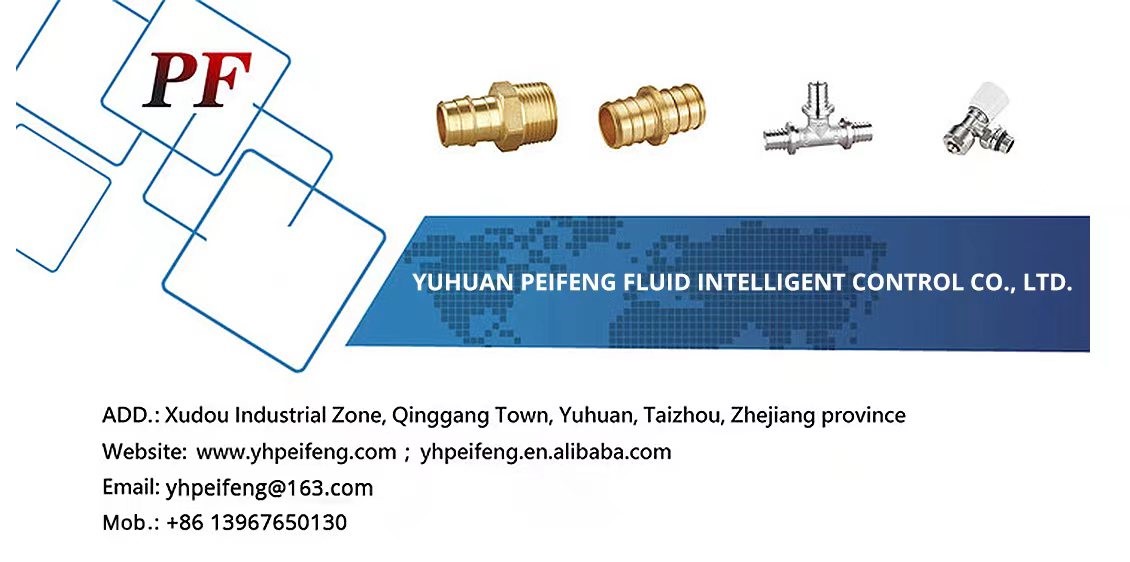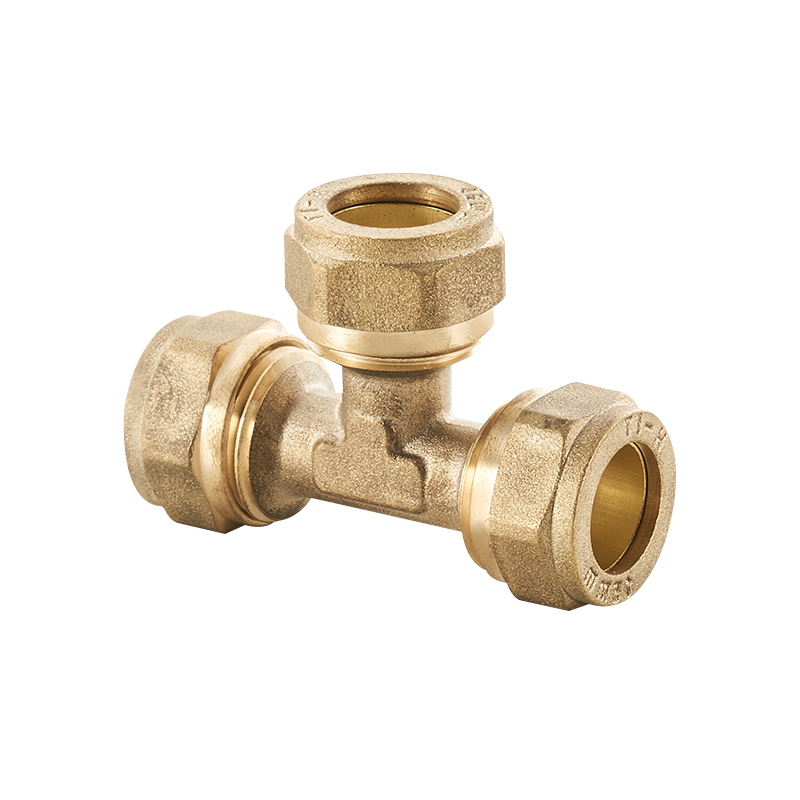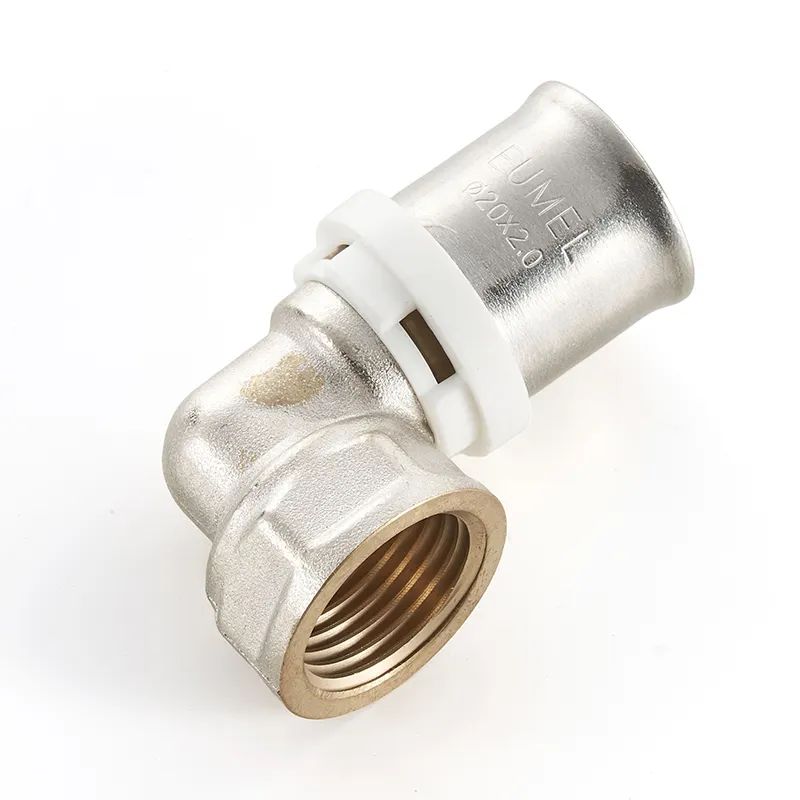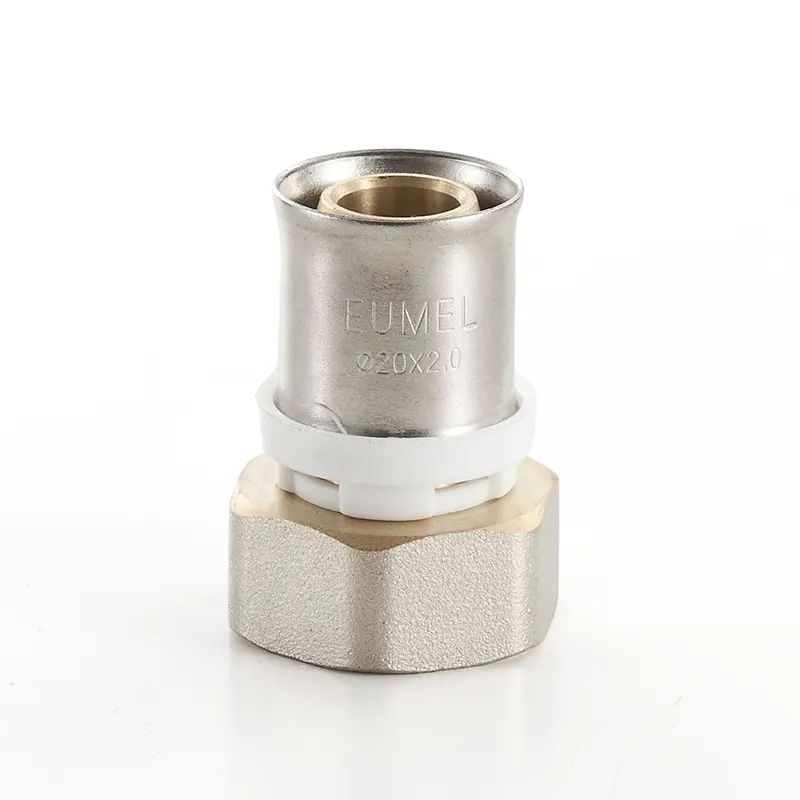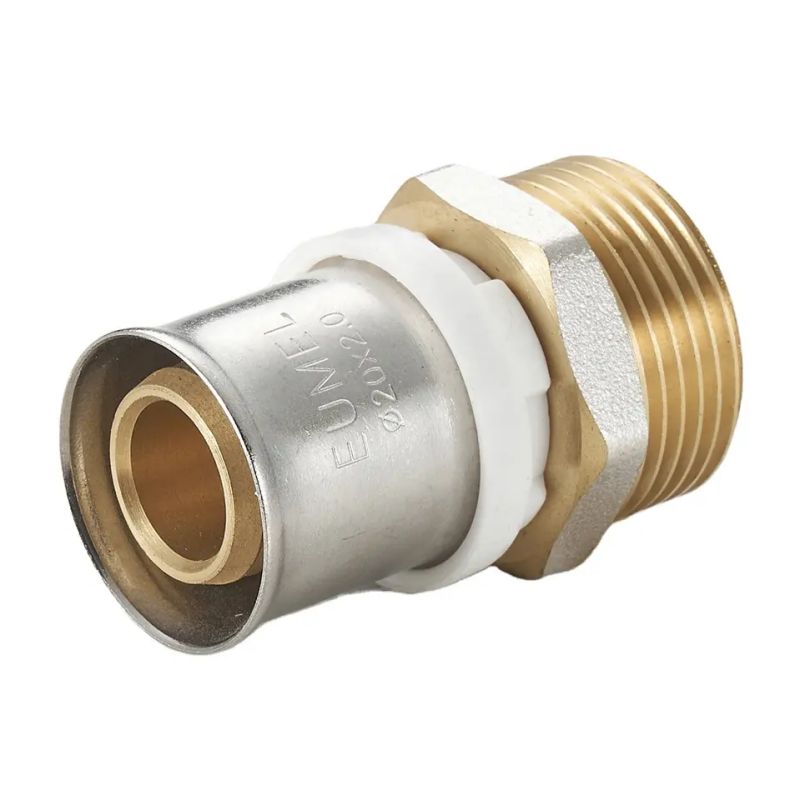Equal Tee Brass Compression Fitting For Copper Pipe
Optional Specification

Product Information
| Product name | Brass forged Equal Tee compression Fittings | |
| Sizes | 15x15x15 | |
| Bore | Standard bore | |
| Application | Water, oil, gas, and other non-corrosive liquid | |
| Working pressure | PN16 / 200Psi | |
| Working temperature | -20 to 120°C | |
| Working durability | 10,000 cycles | |
| Quality standard | ISO9001 | |
| End Connection | BSP, NPT | |
| Features: | Forged brass body | |
| Precise dimensions | ||
| Various sizes available | ||
| OEM production acceptable | ||
| Materials | Spare Part | Material |
| Body | Forged brass, sandblasted | |
| Nut | Forged brass, sandblasted | |
| Insert | Brass | |
| Seat | copper ring | |
| Stem | N/A | |
| Screw | N/A | |
| Packing | Inner boxes in cartons, loaded in pallets | |
| Customized design acceptable | ||
Optional Materials
Brass CW617N, CW614N, HPb57-3, H59-1, C37700, DZR, Lead-free
Optional Color and Surface Finish
Brass natural color or nickel plated
Applications
Fluid control system for building and plumbing: Water,oil, Gas, and other non-corrosive liquid
Brass fittings is made of forged brass or machined from brass bar, designed to connect hose pipes and other pipeline applications. Peifeng is a professional China brass fittings manufacturer and supplier.
Brass compression fittings are suitable for welding ferrules with working pressure not greater than 1.0MPa, working temperature at room temperature (hot water not exceeding 60℃), and nominal diameter of DN5~DN150. According to the different raw materials of plastic coating, it is divided into two categories: inner-coated polyethylene and inner-coated epoxy resin. In each category, according to the different anti-corrosion methods on the surface of the ferrule, there are two types of galvanized and non-galvanized outer surfaces. Type, the external surface is not galvanized, generally adopt different anti-corrosion methods such as plastic coating or painting. Before the inner surface of the compression fittings is coated with plastic, the compression fittings use chemical or mechanical methods to treat the inner surface of the compression fittings to remove dust, oil and rust. Then, the processed press is heated, and the plastic powder is fed into the press by means of pumping or suction, so as to melt and adhere to the inner wall.
Contact Us
